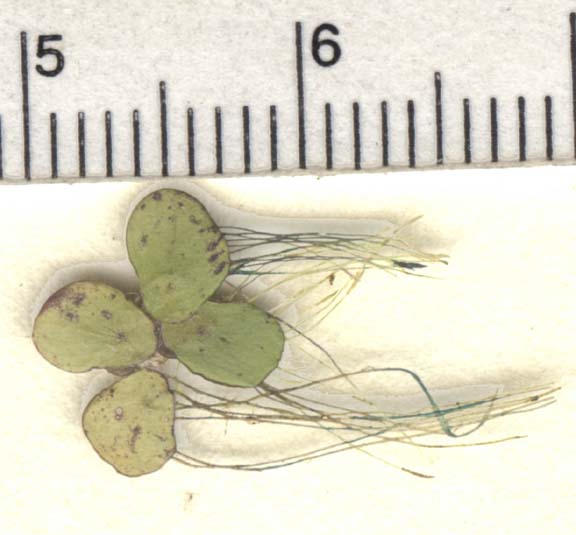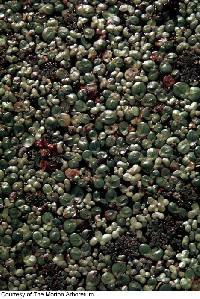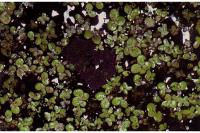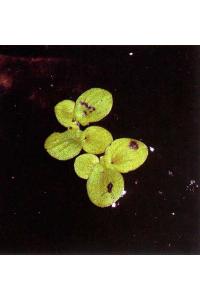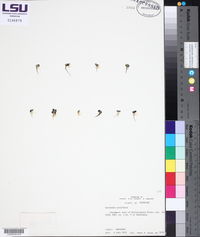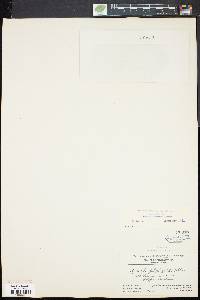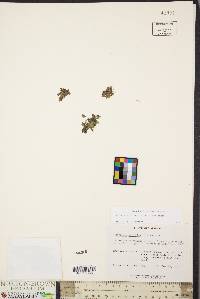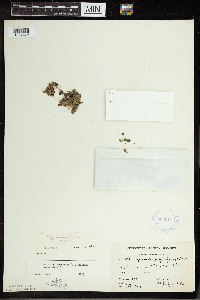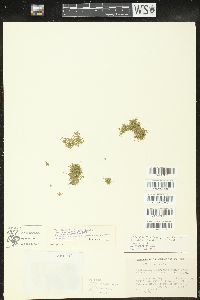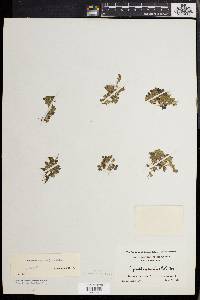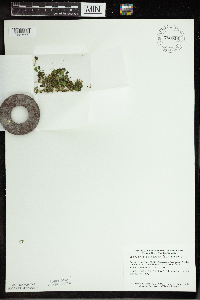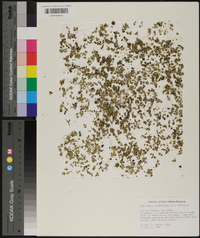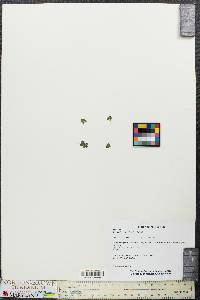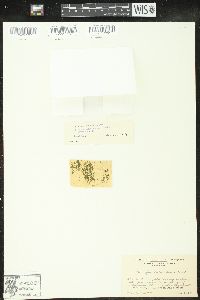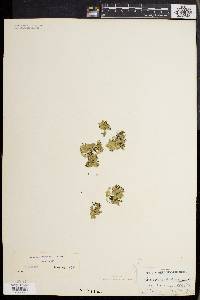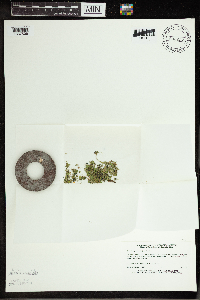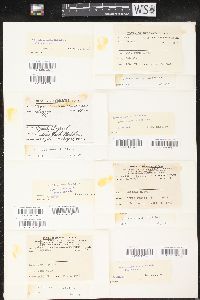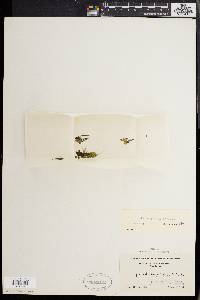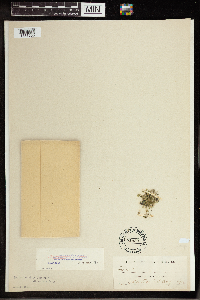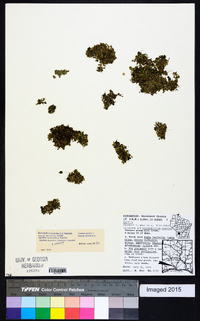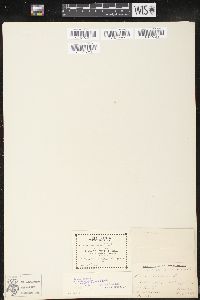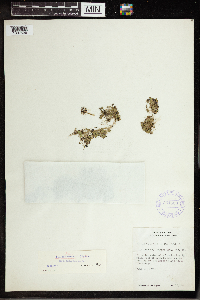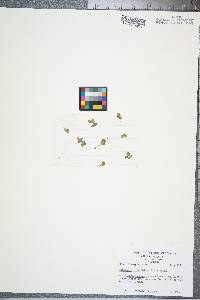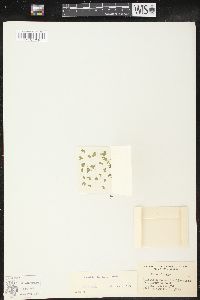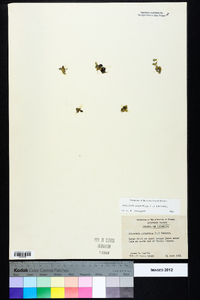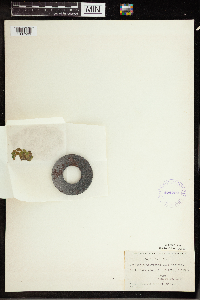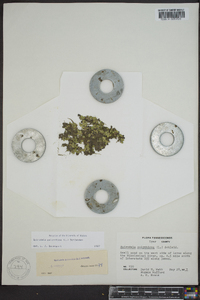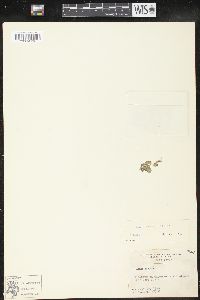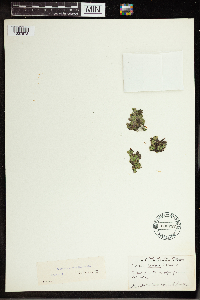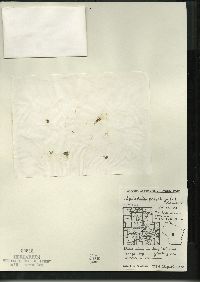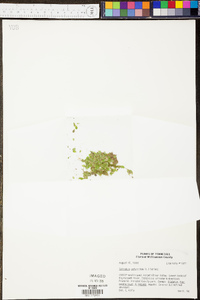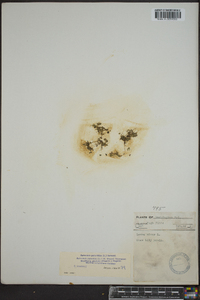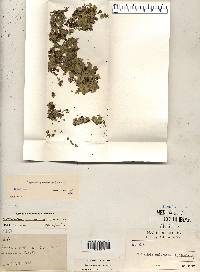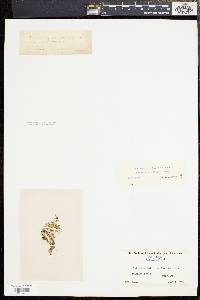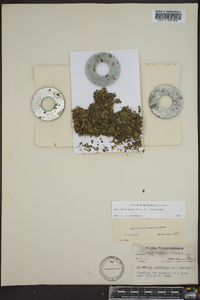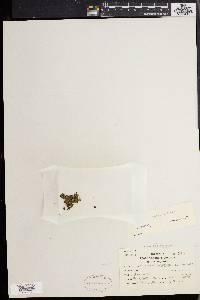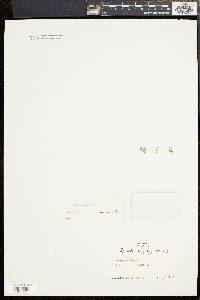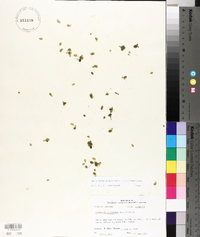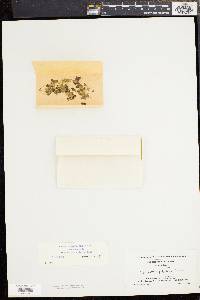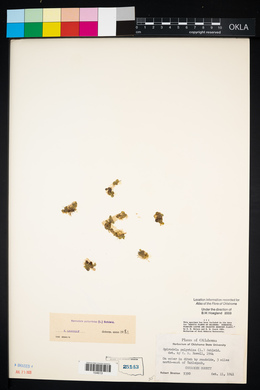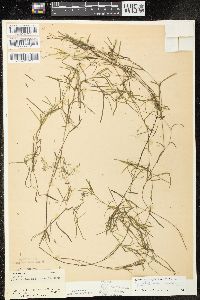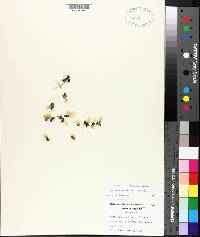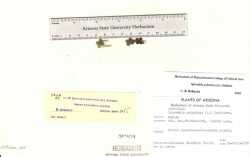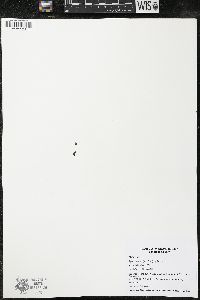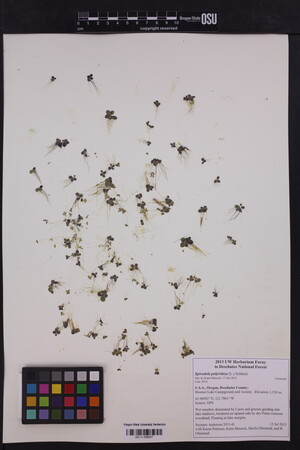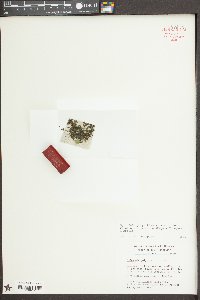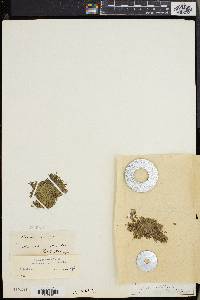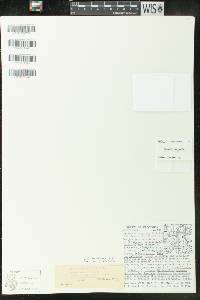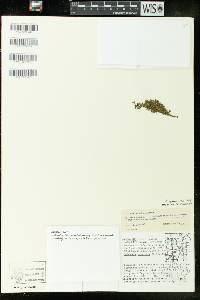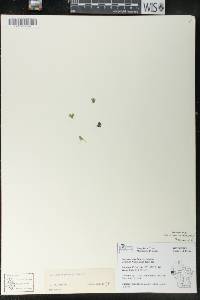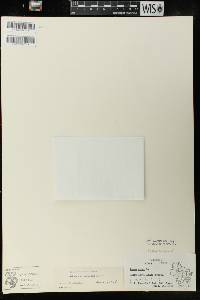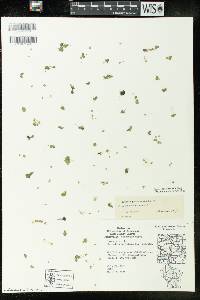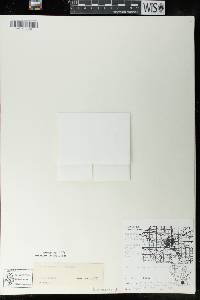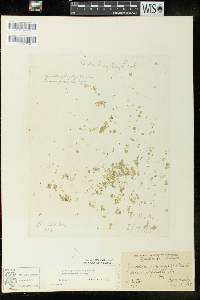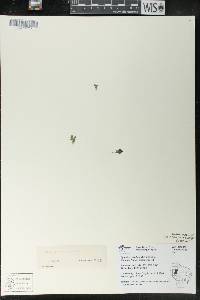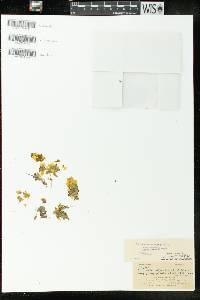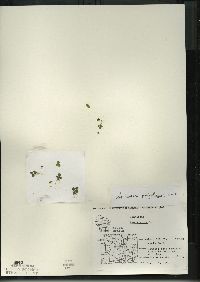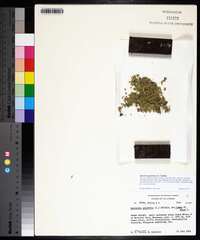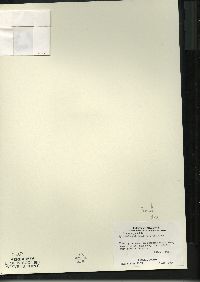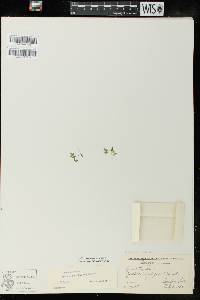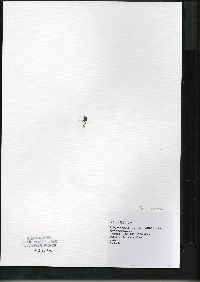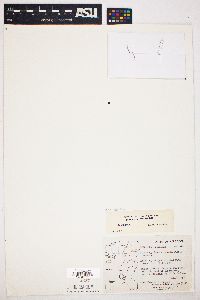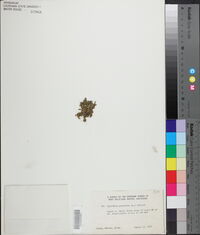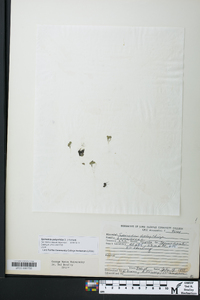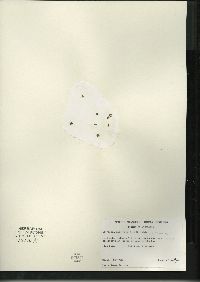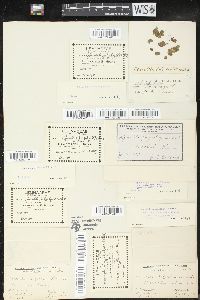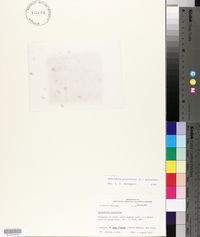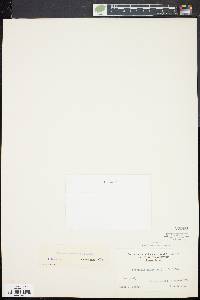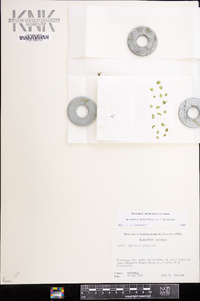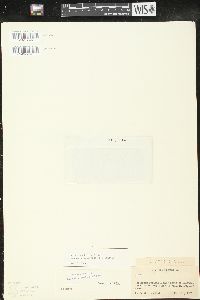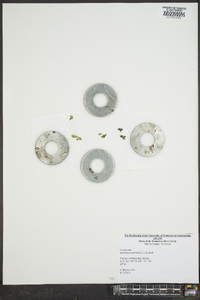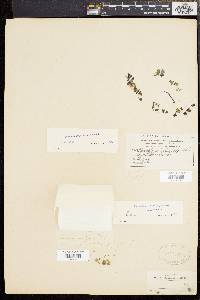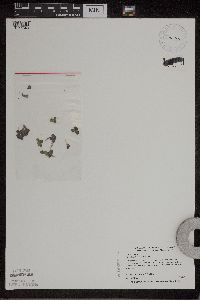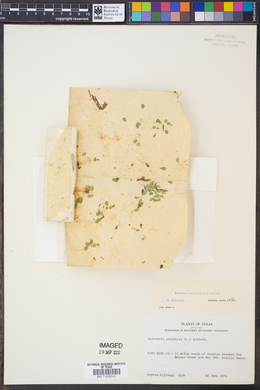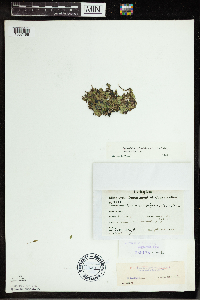Spirodela polyrrhiza
|
|
|
|
Family: Araceae
Common Duckmeat
[Lemna polyrrhiza, moreSpirodela polyrrhiza var. masonii Daubs] |
Roots 7--21, to 3 cm, 1 or 2 perforating scale. Fronds obovate to circular, flat or rarely gibbous, 2--10 mm, 1--1.5 times as long as wide, apex rounded or pointed, upper surface sometimes with red spot in center; veins 7--16(--21); turions sometimes present, rootless, brownish olive, circular-reniform, 1--2 mm diam. Flowers: ovaries 1--2-ovulate. Fruits 1--1.5 mm, laterally winged to apex. Seeds with 12--20 distinct ribs. 2n = 30 , 38, 40, 50, 80. Flowering (very rare) early summer--early fall. Eutrophic, quiet waters, in temperate to tropical regions; 0--2500 m; Alta., B.C., Man., N.B., N.S., Ont., P.E.I., Que., Sask.; Ala., Ariz., Ark., Calif., Colo., Conn., Del., D.C., Fla., Ga., Idaho, Ill., Ind., Iowa, Kans., Ky., La., Maine, Md., Mass., Mich., Minn., Miss., Mo., Mont., Nebr., Nev., N.H., N.J., N.Mex., N.Y., N.C., N.Dak., Ohio, Okla., Oreg., Pa., R.I., S.C., S.Dak., Tenn., Tex., Utah, Vt., Va., Wash., W.Va., Wis., Wyo.; nearly worldwide. Plant: small aquatic plant Leaves: FRONDS obovate to circular, rounded or pointed at the apex, 1.5-10 mm long, 1-1.5 times as long as wide, flat or rarely gibbous, sometimes with a red spot in the center of the upper surface; nerves 7-16(-21) Flowers: very rare, 1-2-ovulate, the stamens 2, 4-locular Fruit: 1.0-1.5 mm long, laterally winged to the top; SEEDS 1-3, with 12-20 distinct ribs Misc: Rather eutrophic, quiet waters; below 2450 m (8000 ft); Jun-Sep Notes: roots 7-21, up to 3 cm long; turions sometimes present, small, circular to reniform, brownish to olive, rootless REFERENCES: Landolt, Elias. 1992. Lemnaceae. Ariz.-Nev. Acad. Sci. 26(1)2. Aquatic herb Flowers: occurring very rarely, lacking sepals and petals, with two stamens, surrounded by a small membranous scale. Fruit: bladder-like (utricle), thin-walled, 1 - 1.5 mm long, laterally winged, seeds having twelve to twenty ribs. Roots: two to 21 per frond, to 3 cm long, with a small membranous scale surrounding attachment point. Plant body: not differentiated into stem and leaves, green and often with a red dot above, purplish beneath, 2 - 10 mm long, one to one and a half times as long as wide, flattened, inversely egg-shaped to broadly egg-shaped with a rounded or pointed tip, five- to sixteen-veined, with air spaces in plant body tissue. Two triangular reproductive pouches produce daughter plants and flowers. Winter buds: rootless, brownish to olive, circular to kidney-shaped. Similar species: Lemna species differ from Spirodela polyrrhiza by having solitary roots and plant bodies with five or fewer distinct veins. Flowering: early summer to early fall Habitat and ecology: Frequent in lakes, ponds, and other standing or slow-moving water. Occurence in the Chicago region: native Etymology: Spirodela comes from the Greek words, speira, meaning spiral, and delos, meaning evident, referring to the spiral vessels of this plant that are clearly visible. Polyrrhiza means many-rooted. Author: The Morton Arboretum |

